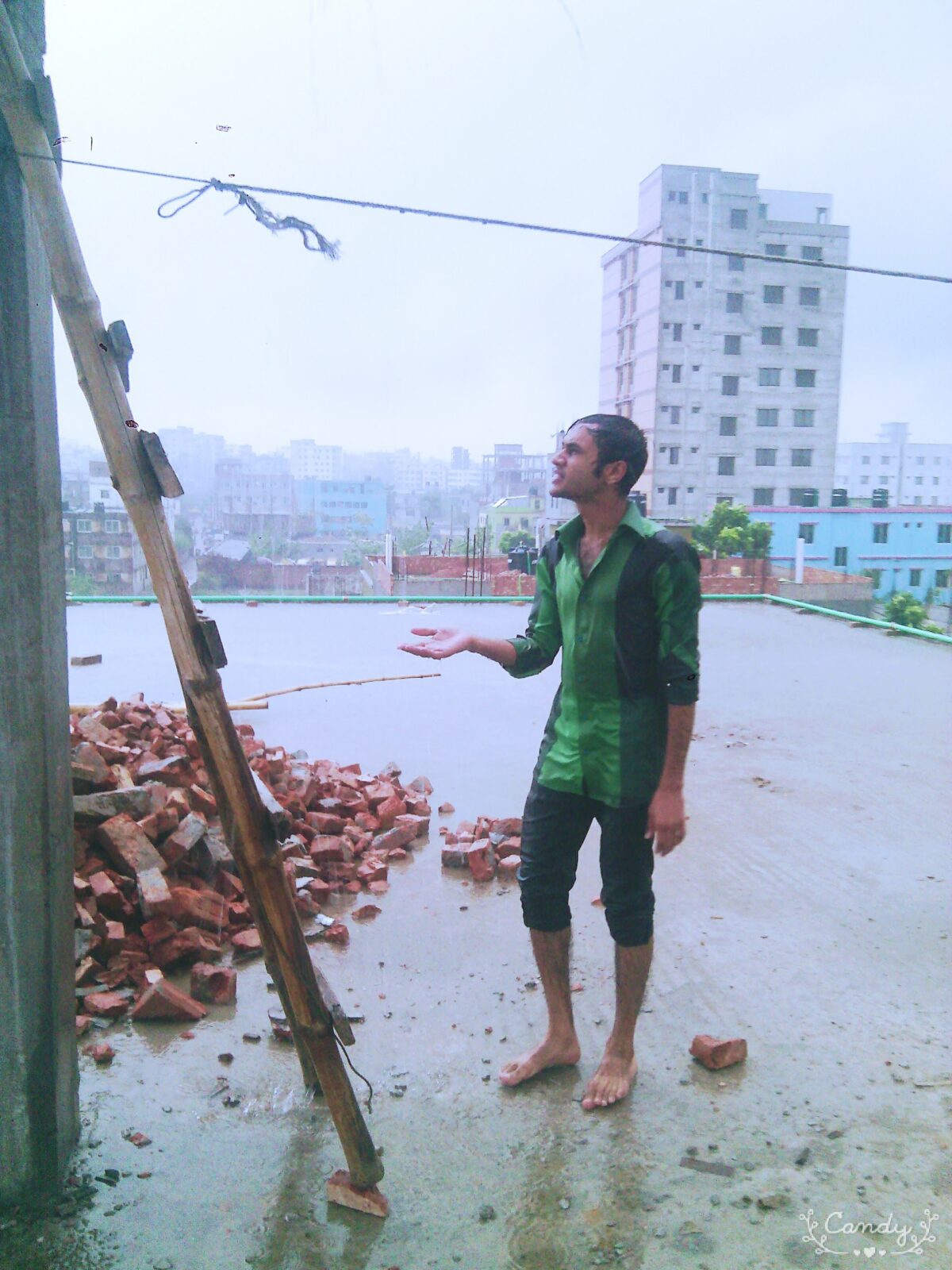How To Reduce The Risk Of Food Poisoning In A Commercial Kitchen
Food contamination can be a real health hazard and many people may be affected in their lifetime. Food contamination can be elementary, even if brief; End the presence of around 500 people in the UK every year. Reducing the spread of microorganisms in the kitchen in this way is essential and you have to keep up with food and hygiene.
A fundamental alarm criterion is that food must be kept constantly outside the “danger zone”, for example between 5 ° C and 63 ° C, coinciding that this is the best temperature for the development of microorganisms.

If the food is ready, care must be taken to ensure that each part is fully cooked. To kill most microorganisms, food sources should be heated to 75 ° C for about two minutes. The environment must reach this temperature, regardless of the existence of food up to this point containing innumerable organisms.
To reduce the risk of food contamination, anticipated or not during dinner preparation, large portions of meat should be cut into separate pieces to ensure acceptable and complete cooking. Even meals that are high in liquids, such as side dishes, soups, and stews, need to be constantly stirred during cooking to ensure each item heats up evenly.
Although food needs to be reheated for a long time before serving, it is safe to do so after the food has been cooked properly and kept at 63 ° C or more. The protected range of hot foods depends on the type of food, but in most cases this should not be achieved for more than two hours. In the assistant, food is usually placed under warm lights or rainwater; Food should be stirred regularly to keep it out of cold places when temperatures drop in the danger zone.
To moderate the food, a comparative criterion is used considering which route the danger zone should take with the actually predicted speed. Therefore, the ideal strategy is to chill the food to 5 ° C or less within an hour and a half and then chill it. Basically, too hot food should not be placed in the refrigerator, as it can raise the temperature of the refrigerator and allow the food to grow and deteriorate. Finally, the food should be covered to protect it from contamination and stored in the coldest room of the retreat until it is cold enough to put in the refrigerator.
Another normal food sorting cycle is defrosting. Raw food sources must be completely thawed to ensure even cooking and finishing, and defrosted foods must not be frozen at any time. To avoid contamination, diluents should be placed in a compartment and covered with various food sources.
Finally, and perhaps the most relevant system for food contamination, it is the most common method of reheating food. Unless done with caution, there is a staggering risk that dangerous microorganisms will grow rapidly and cause harm if ingested.
Food should be stored in the refrigerator whenever possible before reheating rather than left on the countertop at room temperature. Care must be taken that all slides, including the central banquet, reach a temperature of 82 ° C within 2 minutes. Also, foods should only be mixed once and not reheated at least once or twice.






























